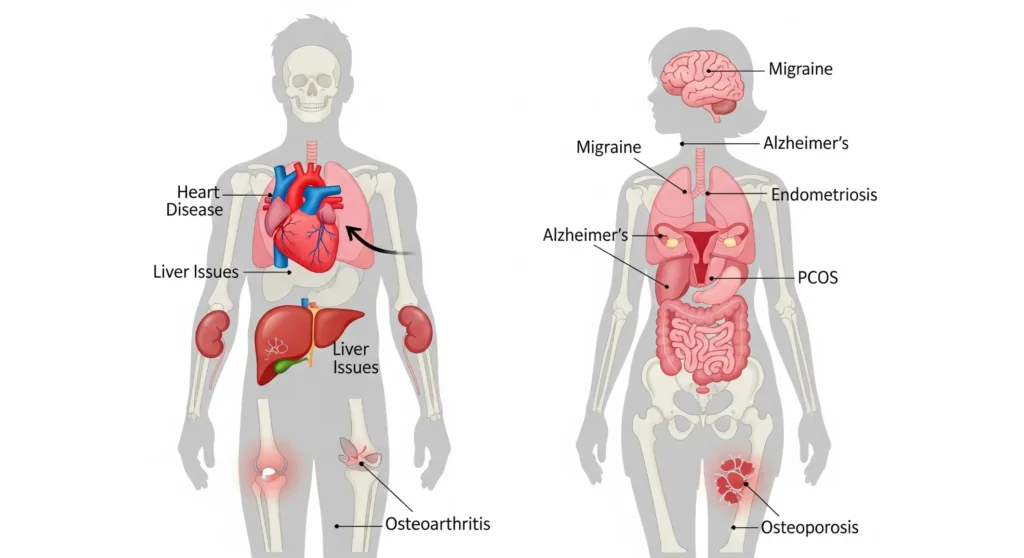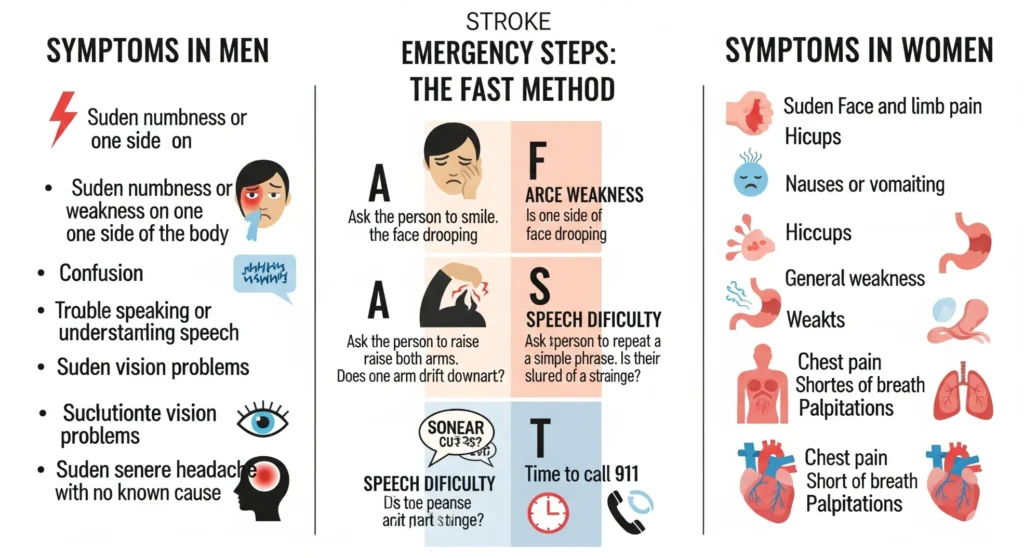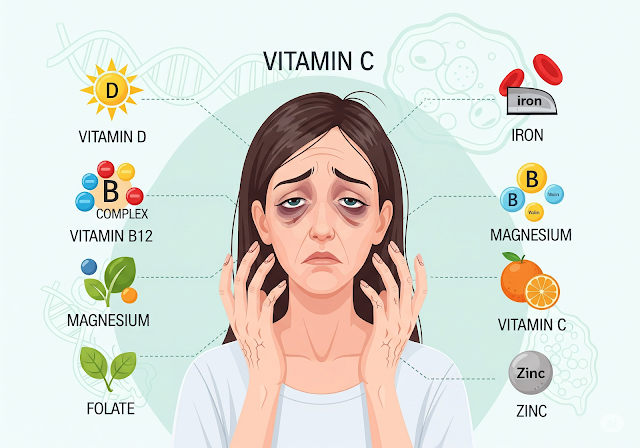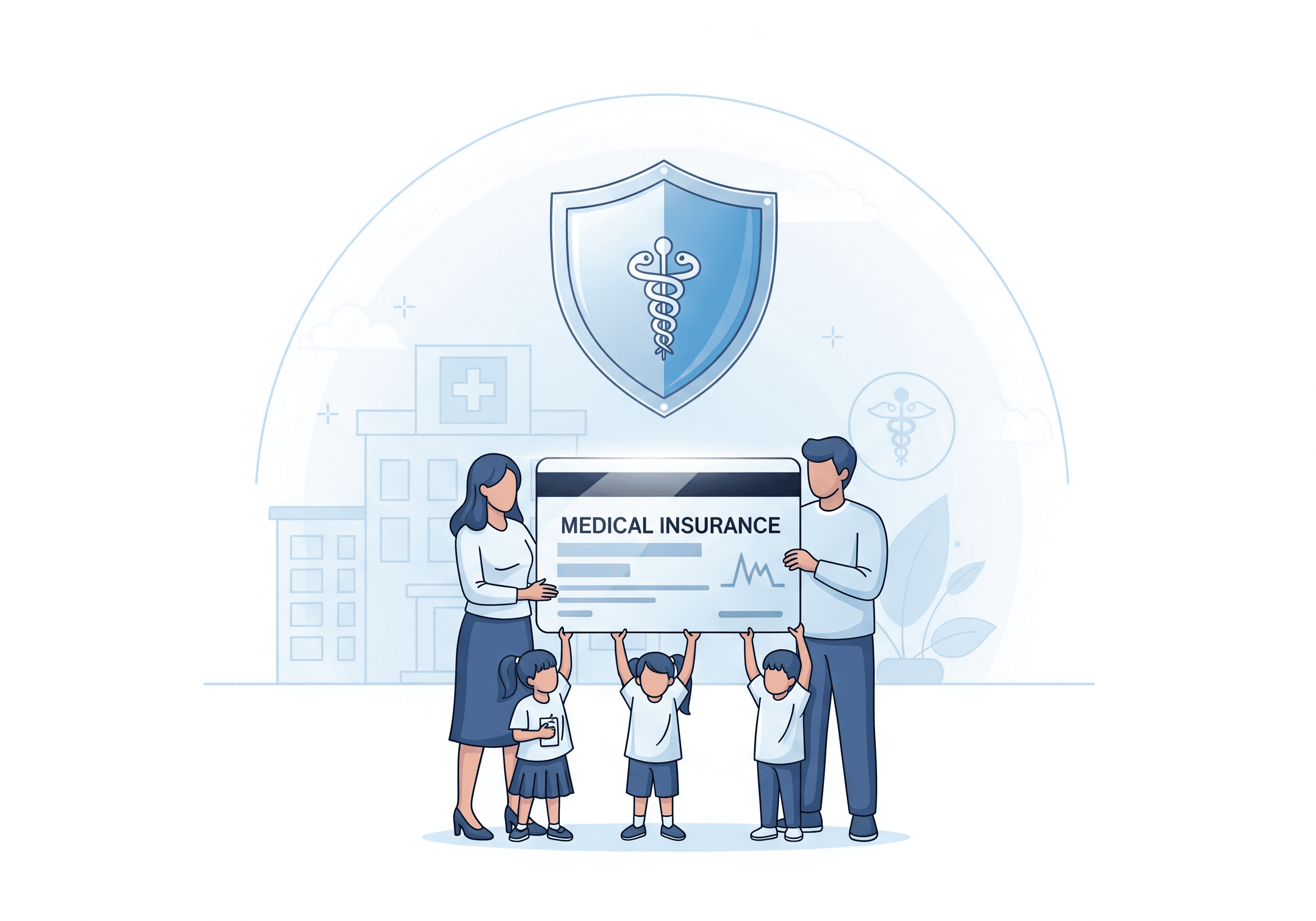Understanding Gender-Based Health Differences and How to Stay Healthy
Introduction
Men and women share many health concerns—heart disease, cancer, and diabetes affect both sexes. However, biological, hormonal, and lifestyle differences mean that certain health conditions affect men and women in distinct ways. From cardiovascular disease to mental health, gender plays a critical role in risk levels, symptoms, diagnosis, and prevention.
In this article, we explore key health conditions that disproportionately affect men or women, discuss why these differences exist, and offer gender-specific tips for prevention and wellness. Whether you’re a man or woman, understanding these differences can help you make better decisions about your health.

1. Heart Disease: Similar Threat, Different Symptoms
Heart disease is the leading cause of death for both men and women, but how it presents and progresses varies greatly.
Men:
- More likely to experience classic symptoms such as chest pain or tightness.
- Develop coronary artery disease at a younger age.
- Higher risk of heart attacks before age 65.
Women:
- Often experience subtle symptoms like fatigue, shortness of breath, nausea, or back/jaw pain.
- Risk increases after menopause due to decreased estrogen.
- Heart disease often underdiagnosed in women.
Prevention Tips:
- Exercise regularly and maintain a healthy weight.
- Limit saturated fats, trans fats, and sodium.
- Don’t smoke and manage stress levels.
- Get routine blood pressure and cholesterol screenings.
2. Mental Health: Silent Struggles
Men:
- Less likely to seek help for depression or anxiety.
- Higher rates of substance abuse and suicide.
- Emotional distress often masked by anger or withdrawal.
Women:
- More likely to be diagnosed with anxiety disorders, depression, and eating disorders.
- Hormonal changes (PMS, pregnancy, menopause) can intensify mood disorders.
Prevention Tips:
- Prioritize mental health through regular check-ins and open conversations.
- Practice mindfulness, journaling, or therapy.
- Stay socially connected.
- Avoid self-medication with alcohol or drugs.

3. Cancer Risks: Gender-Specific Concerns
Men:
- Higher risk of prostate, lung, and liver cancer.
- More likely to delay screenings, leading to later diagnoses.
- Occupational exposure (construction, chemicals) may increase risk.
Women:
- Breast and ovarian cancers are major concerns.
- Hormonal factors and reproductive history influence risk.
- Dense breast tissue can hinder early detection in mammograms.
Prevention Tips:
- Get regular cancer screenings (PSA for men, mammograms and Pap smears for women).
- Eat a plant-rich diet with antioxidants.
- Avoid tobacco, alcohol, and sun overexposure.
4. Bone Health: Osteoporosis Isn’t Just a Woman’s Disease
Women:
- Estrogen loss after menopause accelerates bone loss.
- At higher risk of fractures, especially hip and spine.
Men:
- Less likely to be diagnosed, but when they are, outcomes are worse.
- Bone loss occurs later in life, often unnoticed.
Prevention Tips:
- Calcium and vitamin D intake is crucial.
- Regular weight-bearing exercise like walking or resistance training.
- Get a bone density test if over 50 or at risk.

5. Reproductive Health: Unique Gender Needs
Men:
- Prone to prostate issues, erectile dysfunction, and low testosterone.
- May neglect regular urological check-ups.
Women:
- Experience complex hormonal cycles, pregnancy, childbirth, and menopause.
- Conditions like PCOS, endometriosis, and cervical cancer require monitoring.
Prevention Tips:
- Both genders should see specialists for reproductive health.
- Use protection during sex to prevent STIs.
- Women: Get Pap tests and HPV vaccines.
- Men: Monitor for changes in urination or sexual function.
6. Autoimmune Diseases: Women at Higher Risk
Women make up nearly 80% of all autoimmune disease cases. This includes conditions like:
- Lupus
- Rheumatoid arthritis
- Multiple sclerosis
Why the Disparity?
- Female hormones like estrogen may play a role.
- Genetic factors and immune response differences are also involved.
Men with autoimmune conditions often face more severe symptoms, though they are less likely to develop them.
Prevention Tips:
- Early diagnosis is key—report persistent symptoms like fatigue, joint pain, or rashes.
- Eat an anti-inflammatory diet.
- Stay physically active and manage stress.
7. Diabetes: Same Disease, Different Impact
Men:
- Tend to develop type 2 diabetes at a lower BMI than women.
- More prone to complications like kidney disease.
Women:
- Greater risk of cardiovascular complications from diabetes.
- Experience stronger blood sugar fluctuations during hormonal changes.
Prevention Tips:
- Maintain a healthy weight and track blood sugar.
- Eat low-glycemic foods and avoid refined carbs.
- Regular physical activity improves insulin sensitivity.
8. Stroke: Different Triggers, Outcomes
Women:
- More likely to die from strokes.
- Pregnancy, birth control, and hormone therapy raise risk.
- May experience non-traditional symptoms: confusion, nausea, hiccups.
Men:
- More likely to have strokes at a younger age.
- Risk factors: smoking, high blood pressure, high cholesterol.
Prevention Tips:
- Know your blood pressure, cholesterol, and blood sugar levels.
- Don’t smoke, and limit alcohol.
- Recognize early symptoms: FACE test (Face drooping, Arm weakness, Speech problems, Time to call emergency).

9. Respiratory Conditions: Men vs. Women
Men:
- Higher rates of COPD, lung cancer, and emphysema, often linked to smoking or occupational exposure.
Women:
- More vulnerable to asthma and environmental allergens.
- May have stronger reactions to air pollution.
Prevention Tips:
- Avoid tobacco smoke and toxic fumes.
- Use air purifiers in polluted areas.
- Get vaccinated for flu and pneumonia, especially after 60.
10. Lifestyle Factors That Shape Gender Health Risks
While biology plays a major role, behavioral and social factors contribute significantly to gender-based health differences.
Men:
- Less likely to go for routine checkups.
- More likely to engage in risky behavior (e.g., heavy drinking, dangerous driving).
- Often feel pressure to ignore pain or emotional distress.
Women:
- More likely to seek medical care and follow health advice.
- Often juggle multiple roles (career, caregiving), increasing stress and burnout.
- Prone to nutritional deficiencies, especially during pregnancy or menopause.

How to Take Charge of Your Gender-Specific Health
✅ For Men:
- Don’t wait until symptoms appear—be proactive with screenings.
- Talk openly about mental health.
- Maintain muscle mass and testosterone levels with exercise and sleep.
✅ For Women:
- Keep up with routine gynecological care.
- Track hormonal changes and how they affect mood, energy, and weight.
- Prioritize bone health and heart screenings post-menopause.
✅ For Everyone:
- Eat a balanced, anti-inflammatory diet.
- Get 7–9 hours of sleep per night.
- Stay physically and socially active.
- Limit alcohol, quit smoking, and manage chronic stress.
Conclusion
Understanding how health risks differ between men and women isn’t about comparison—it’s about tailoring prevention, early detection, and treatment to each gender’s unique biology and lifestyle. Both men and women can thrive with the right knowledge and proactive habits.
By knowing what conditions you’re most at risk for and how to prevent them, you gain the power to live longer, healthier, and more empowered lives.










alex
good content .